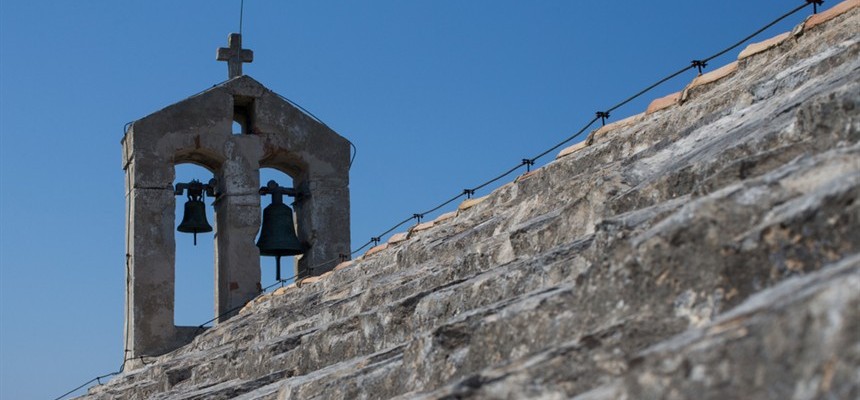
There was once a time when distant cousins vied for the papacy. This was no small family squabble. This included major politics and murder. The two families were the Crescenti and the Tusculum counts.
Giovanni de Crescenti-Ottaviani was born in about 1000, while his part of the family held sway on the throne of Peter. By the time of his majority, the Tusculum branch had taken that privilege away. Giovanni became a priest and a bishop. His see was Sabina, in the Sabine hills north of Rome.
Pope John XIX, Giovanni’s distant cousin, died in 1032. There was much vying between rival groups for the privilege of controlling the new pope. This led to Pope John’s surviving younger brother, Alberic III of Tusculum, to use his immense wealth to his political advantage. He bribed enough people to “buy” the papacy for his 20-year-old son, Theophylact.
Theophylact, taking the name of Benedict IX, had neither the sense nor the education to be a pope. His life of debauchery was only surpassed by the Romans’ disgust. He was run out of town in late 1044.
Again, there was bitter infighting between Roman nobles. Giovanni, bishop of Sabina, was elected the new pope and took the name Sylvester III. It was only a matter of weeks before Benedict, in exile, excommunicated Sylvester. Returning to Rome, he expelled Pope Sylvester from the Lateran on March 10, 1045. Sylvester may have stayed around for a while to see what was going to happen next. Soon he returned to Sabina to take up his responsibilities as bishop, again.
Within months, Benedict had abdicated his throne, literally selling it to his godfather, who became Gregory VI. That lasted only a few months, also, when Benedict came back to Rome.
Two years later, days before Christmas, the young, energetic King Henry III of Germany was headed to Rome for his official coronation as emperor. He was met by Gregory VI far from Rome to discuss this problem of three popes. The emperor immediately convened a council at Sutri, a town 40 km from Rome to sort out who was the real pope. Sylvester was charged with having bribed his way into the papacy. The council had him deprived of his bishopric and his priesthood. He was ordered to live out his life in a monastery. The sentence was suspended, and Sylvester continued to function as bishop of his old see, under his name of Bishop Giovanni of Sabina, until about 1062, when he died. We know of that date because another bishop, Hubaldus, was installed in October, 1063.
The council reconvened at Rome to address the problem of Benedict. His papacy was pulled from him. A German priest, Henry’s own confessor, was consecrated on Christmas Day as Clement II. It was he who consecrated Henry emperor of the Holy Roman Empire. Henry proceeded to handle who was consecrated pope for the next few years.
Although some people looked on Sylvester III as an antipope, he continues to be listed as an official pope in Vatican lists.

Recent Comments